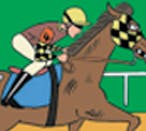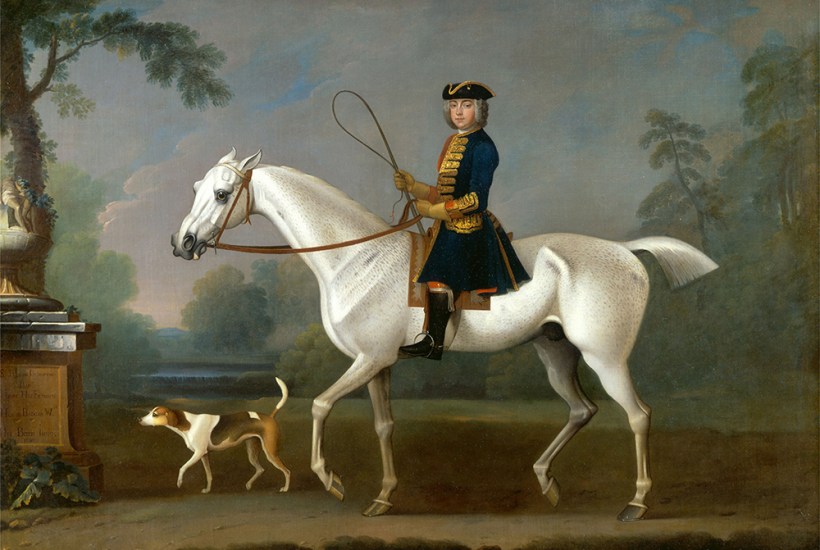‘There are just not enough horses’ heads looking out of the boxes,’ said William Jarvis as he ended a 140-year-old family dynasty training in Newmarket. We are losing too many like him. But racing has surmounted previous downturns as a remarkable new book reminds us. George Stubbs is credited as the first great equestrian artist to present galloping horses correctly, with all four feet off the ground rather than splayed out like rocking horses, but James Seymour – to my eye an equally talented artist – had at least experimented with the idea.
Already a subscriber? Log in
Subscribe for just $2 a week
Try a month of The Spectator Australia absolutely free and without commitment. Not only that but – if you choose to continue – you’ll pay just $2 a week for your first year.
- Unlimited access to spectator.com.au and app
- The weekly edition on the Spectator Australia app
- Spectator podcasts and newsletters
- Full access to spectator.co.uk
Unlock this article
You might disagree with half of it, but you’ll enjoy reading all of it. Try your first month for free, then just $2 a week for the remainder of your first year.









Comments
Don't miss out
Join the conversation with other Spectator Australia readers. Subscribe to leave a comment.
SUBSCRIBEAlready a subscriber? Log in